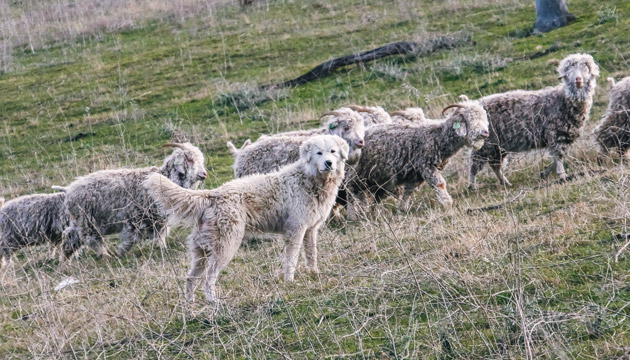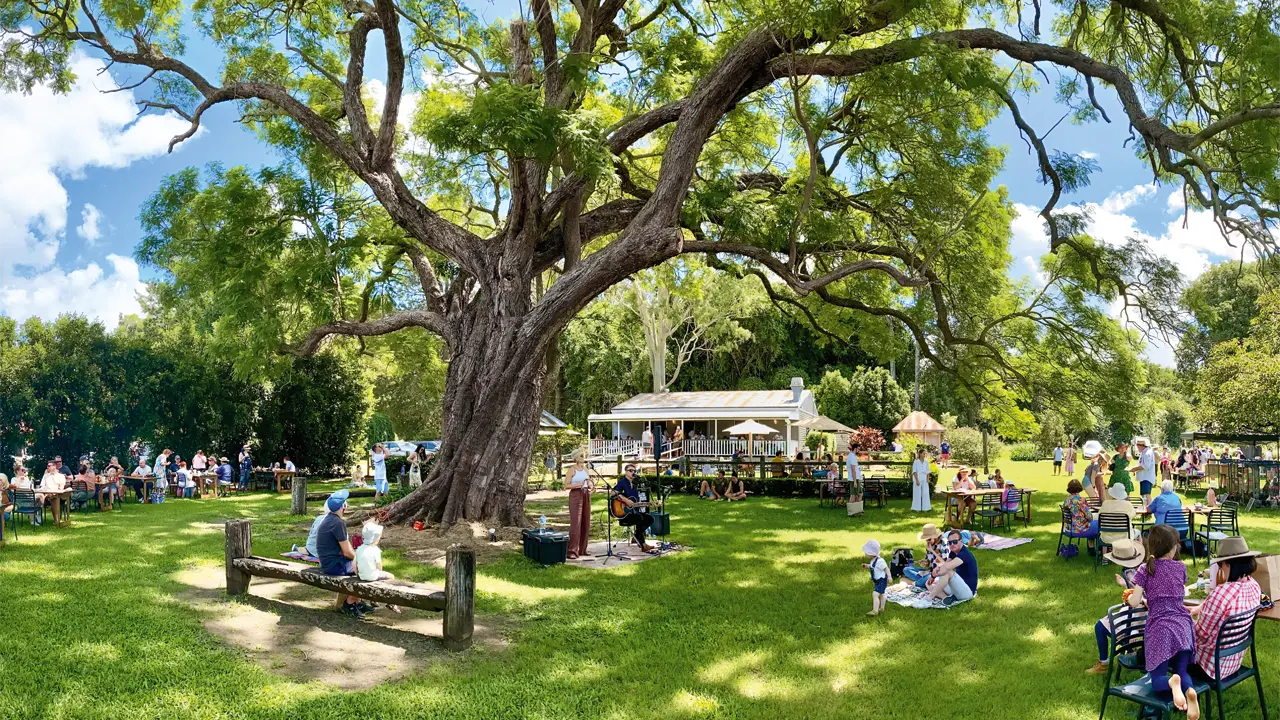Several Australian states are ramping up measures to control wild dogs.
Story John Dunn
A group of highly motivated women recently converged on Gumbooka station, an 18,000- hectare sheep property north-east of Bourke, NSW, for a two-day workshop on trapping wild dogs. Liarne Mannix, who owns Gumbooka with her husband Ben, organised the gathering to get more women involved in combatting the pests.
“Wild dogs, foxes and feral cats are costing the Australian community more than $60 million annually and in some instances forcing landholders out of sheep and goat farming,” says Brent Finlay, chair of the National Wild Dog Advisory Group. Governments at all levels, as well as many rural organisations, are heavily involved in the battle.
On Gumbooka, pest expert Paul Billsborough – who specialises in wild dogs and understands their complex behaviour – demonstrated the art of handling traps, where to place them, and how to set and cover them.
Participant Jillian McNamara and her husband Cec Johnston run Copago station, a 35,000ha property of Merino sheep and bush goats, 30 kilometres north of Wilcannia. “We are losing large percentages of lambs and kids, plus some of the mothers,” Jillian says. “The workshop was an invaluable chance to learn new and different ways to help track and trap dogs.”
Rikki Allen and her husband Dave own Nullogoola station and its 1500 dorper ewes, 45km west of Cobar. “So far, we haven’t had a problem but we know it’s only a matter of time before we do,” Rikki says. “We realise if we don’t control the dogs, they will take over, so farming communities need to work together and be proactive. Wild dogs have no boundaries – your neighbour’s problem is your problem.”
Paul says women are an “untapped force” in this battle. “Many farmers just don’t have the time to put into trapping preparation,” he says. “Many women have stepped up. These dogs are very, very smart, which means we’ve got to be even smarter.”
Liarne is convinced rural women can play a vital role. “We can be part of the solution,” she says. “This campaign needs to be multifaceted. We have learnt how never to underestimate the intelligence of wild dogs and to take into account their enhanced senses of smell, sight and hearing.”
The dogs are a hybridised mix of many breeds. Liarne says Ben trapped a 30-kilogram dog recently. “We estimate its killings cost us $100,000 in income,” she says. “The stress that goes into dealing with these dogs is huge. Right now, we are funding our own pest minimisation fence.”
Paul says the main weapons available to individual landowners are trapping, baiting and shooting, and he spends long periods helping farmers. Others waging individual campaigns have adopted different measures. Jack Glasson of Jimenbuen, near Dalgety, in southern New South Wales, has begun building a 32km fence costing $300,000 to protect his 4500ha property and flock of mainly fine-wool Merinos. “Until three years ago, we had not seen a wild dog here, but since then we have lost 500 sheep,” Jack says. “So far we have erected 22km and will complete it soon. It’s 1.8 metres high because we figured we might as well keep the kangaroos, deer and feral pigs out as well – the roos were disturbing the sheep at night, separating lambs from their mothers, causing losses when it’s cold, and they were eating our wheat as well.”
Several farmers use guardian animals such as maremma dogs, donkeys and alpacas to counter attacks. Dr Linda van Bommel from the University of Tasmania has researched the value of the maremma in this context and believes their instinct to protect can be most effective. “They live in the paddocks with the livestock, which they regard as their social companions,” she says. “They bond strongly to their livestock and will protect them from anything they see as a threat. It might take a little time for a puppy to become a fully effective guardian dog but it will be worth it. We surveyed 150 livestock producers and 65.7 percent said predation ceased after obtaining maremmas and a further 30% reported a decrease. The costs of buying the maremmas are returned within 1–3 years.”
This story excerpt is from Issue #117
Outback Magazine: February/March 2018









